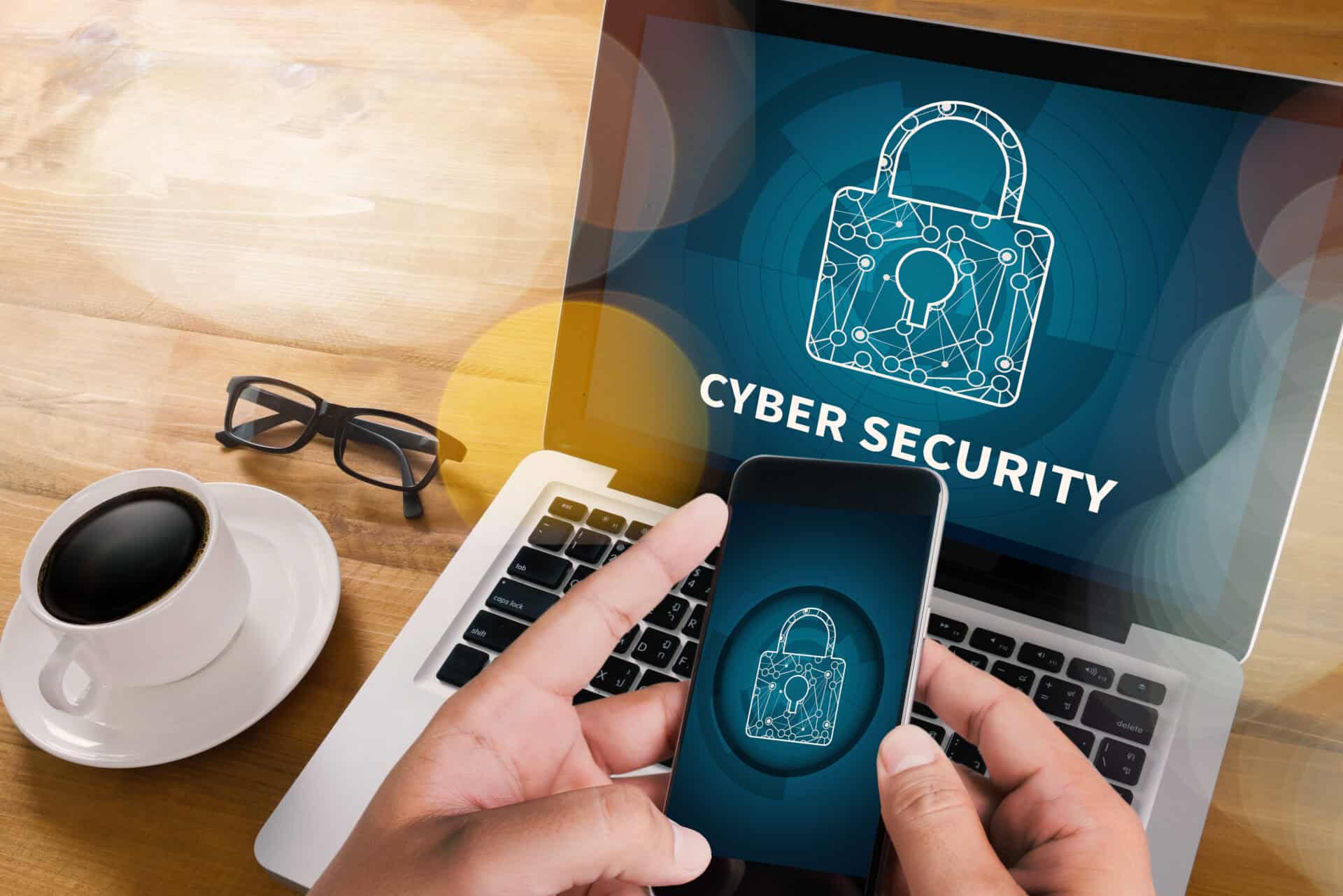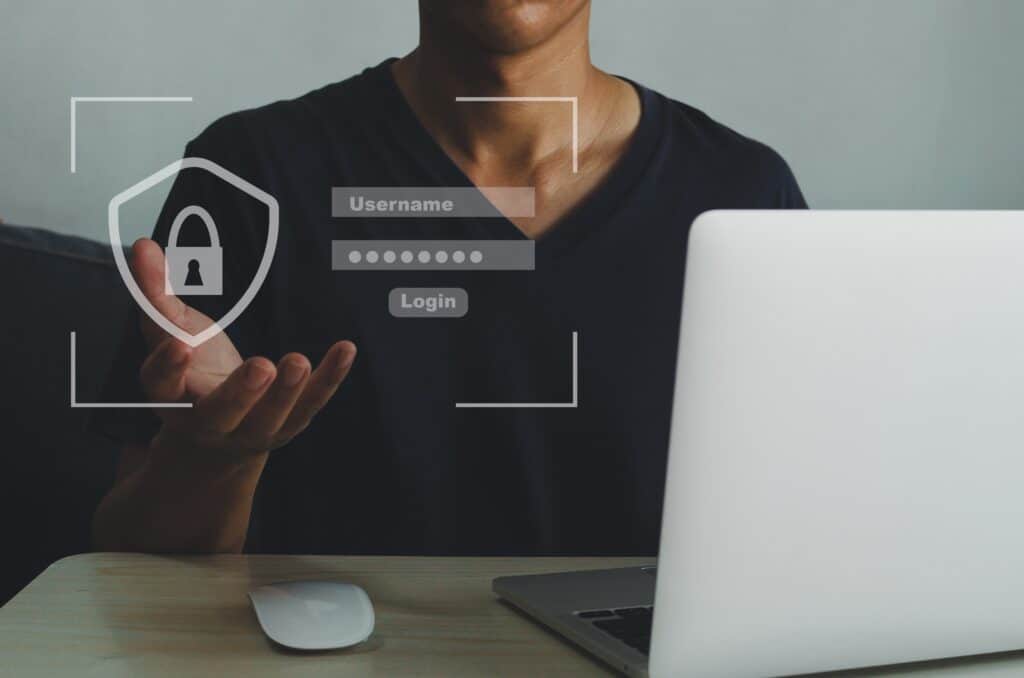- Ransomware and phishing remain major threats emphasizing the need for multi-factor authentication, endpoint protection, and employee training.
- Supply chain and insider threats are rising concerns, requiring careful vendor selection, access controls, and vigilance to minimize risks from both external and internal sources.
- Emerging IoT and AI cyber threats demand proactive mitigation strategies, such as network segmentation, firmware updates, and AI-powered security systems, to safeguard against vulnerabilities and automated attacks.
The growing and changing array of cybersecurity threats scares every business owner. Often, with the limited resources you have for protecting digital assets, it is indeed a challenge. But ignoring these risks isn’t an option when your business’s reputation, data, and operations are on the line.
Read on to discover the most pressing emerging threats and practical steps to protect your business.
Ransomware and Phishing as Advanced Cyber Threats
Ransomware and phishing remain top cybersecurity threats, exploiting both technical vulnerabilities and human errors.
Evolving Ransomware Tactics
Modern ransomware attacks have become increasingly sophisticated, often employing a double extortion model. In this scenario, attackers not only encrypt sensitive data but also exfiltrate it, threatening to release it publicly if the ransom is not paid. This tactic adds immense pressure on victims, as they face potential reputational damage in addition to operational disruption.
Phishing as a Gateway
Phishing serves as a primary entry point for ransomware attacks. Cybercriminals craft highly targeted spear-phishing campaigns that exploit personal information gathered from social media or previous breaches. By creating authentic-looking messages, they increase their chances of success significantly. The ease of spreading ransomware through email makes it a favored method among attackers. Even a single employee falling victim can lead to widespread system compromise.
Effective Mitigation Strategies
To counter these threats:
- Use multi-factor authentication (MFA) to safeguard your most sensitive systems.
- Continuously update authentication methods to keep up with evolving threats and enhance overall system security.
- Deploy endpoint detection and response (EDR) solutions for early threat detection.
- Leverage real-time monitoring to identify and neutralize threats before they escalate into major security breaches.
- Train your employees to recognize phishing attempts and independently verify unusual requests.
- Regularly conduct simulated phishing exercises to keep employees alert and prepared for emerging threats.
- Regularly back up important data in isolated, secure systems and ensure that backups are encrypted and stored in multiple locations to prevent data loss from ransomware attacks.
- Employ strong data encryption to protect sensitive information.
- Use end-to-end encryption for both stored data and data in transit to minimize the risk of unauthorized access.
By integrating these measures, you can reduce your exposure to sophisticated cyberattacks.
Supply Chain Attacks Are Becoming a Growing Threat
The rise of third-party partnerships means that you must now secure your supply chain. Cybercriminals increasingly target third-party vendors and service providers to gain access to your systems. One high-profile example is the SolarWinds breach, where hackers accessed thousands of organizations by compromising a third-party service.
Mitigation
You should perform due diligence when selecting vendors and service providers, including reviewing their cybersecurity policies. Additionally, contracts with third parties should include clauses that mandate regular security audits and data breach notifications. It’s also important to segregate access between your business and your vendors to reduce the impact of any breach.
Addressing Risks from Insider Threats
While much of the focus on cybersecurity is on external threats, insider threats are just as dangerous. Employees or contractors with access to sensitive systems can misuse privileges, either intentionally or accidentally. These threats can stem from dissatisfaction with workplace conditions, financial pressures, or even simple human error.
Mitigation
To reduce insider threats, implement strict access control policies, ensuring that employees only have access to the data necessary for their role. Regularly monitor network activity and access logs to help identify suspicious behavior early. Fostering a culture of cybersecurity awareness can also help employees recognize and report potential threats.
Emerging Threats from the Internet of Things (IoT)
The growing adoption of IoT devices in your business introduces new vulnerabilities. These devices, often used for everything from smart thermostats to security cameras, can serve as entry points for attackers if not properly secured. The lack of adequate security on many IoT devices makes them attractive targets for cybercriminals.
Mitigation
You should implement strong network segmentation, ensuring that IoT devices are isolated from critical business systems. Regular firmware updates are necessary to patch any vulnerabilities in IoT devices. Additionally, using strong passwords and encryption for all IoT devices can significantly reduce the risk of compromise.
New Frontiers in AI-Powered Cyber Attacks
Artificial intelligence (AI) is being used by both cybersecurity professionals and cybercriminals. While AI improves security, it’s also weaponized by cybercriminals to automate attacks and find vulnerabilities faster. AI-powered bots can launch denial-of-service (DoS) attacks, simulate human-like interactions in phishing attempts, and identify weaknesses in systems in real time.
Mitigation
To defend against AI-powered threats, invest in AI-enhanced security systems that can quickly detect abnormal activity and respond in real time. Machine learning (ML) models can also be employed to recognize emerging threats and adapt to new attack patterns faster than traditional methods.
Securing Remote Work Environments
The shift to remote work due to the pandemic has introduced new cybersecurity challenges. Many employees now access business systems from personal devices on unsecured networks. This increases the risk of data breaches since personal devices typically lack the same security protections as company-issued ones.
Mitigation
You must implement a secure virtual private network (VPN) to encrypt remote communications. Enforcing strong security protocols on remote devices, such as endpoint protection software and multi-factor authentication (MFA), can significantly improve security. Regular audits and using mobile device management (MDM) systems can help ensure that remote work systems are secure.
Barriers in Closing the Cybersecurity Skills Gap
The increasing demand for cybersecurity professionals has created a skills gap in the industry. You may struggle to find and retain qualified security experts. Without these professionals, responding effectively to emerging threats becomes challenging.
Mitigation
Outsourcing cybersecurity to managed security service providers (MSSPs) is one option if you cannot afford an in-house security team. MSSPs offer expert knowledge and real-time monitoring, ensuring that you are not left vulnerable due to a lack of internal resources. Additionally, partnering with cybersecurity training organizations can help upskill your existing employees.
Don’t let emerging cyber threats jeopardize your business. Start taking control of your cybersecurity today. If you’re ready to strengthen your defenses, talk to our expert team at CMIT Solutions Northern Westchester & Putnam County about practical solutions tailored to your needs. Contact us today.





